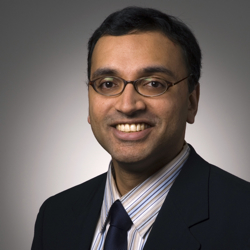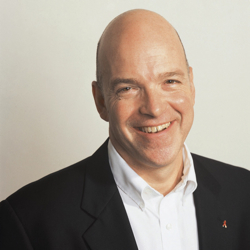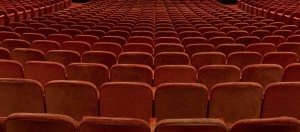 Sunil Iyengar directs the Office of Research & Analysis at the National Endowment for the Arts. Since his arrival at the NEA in June 2006, the office has produced over 20 research publications and revised the major federal survey about arts participation. What does this mean for administrators, audiences, and musicians? Hard data on some of the thorny issues we think about everyday.
Sunil Iyengar directs the Office of Research & Analysis at the National Endowment for the Arts. Since his arrival at the NEA in June 2006, the office has produced over 20 research publications and revised the major federal survey about arts participation. What does this mean for administrators, audiences, and musicians? Hard data on some of the thorny issues we think about everyday.
As we gear up for Sunday’s Talking About Audiences event, one recent NEA study certainly helps quantify a trend we’ve been exploring in the last few months—how technology is changing the orchestra’s relationship with its audience. (more…)



 How questions are framed inevitably guides and often limits our thinking. I am especially struck by the observation in this blog that “…the core orchestral presentation—a live, on-stage concert—is essentially unchanged over the past 100 years. Will that, can that, remain the case for the next 100 years?”—a “can” that seems to imply an aspiration to retain that format and an overall frame that provokes several questions of my own.
How questions are framed inevitably guides and often limits our thinking. I am especially struck by the observation in this blog that “…the core orchestral presentation—a live, on-stage concert—is essentially unchanged over the past 100 years. Will that, can that, remain the case for the next 100 years?”—a “can” that seems to imply an aspiration to retain that format and an overall frame that provokes several questions of my own. There has been a lot of discussion lately in arts circles about the importance of listening to our audiences. For me, the point was underscored by an audience question during our
There has been a lot of discussion lately in arts circles about the importance of listening to our audiences. For me, the point was underscored by an audience question during our